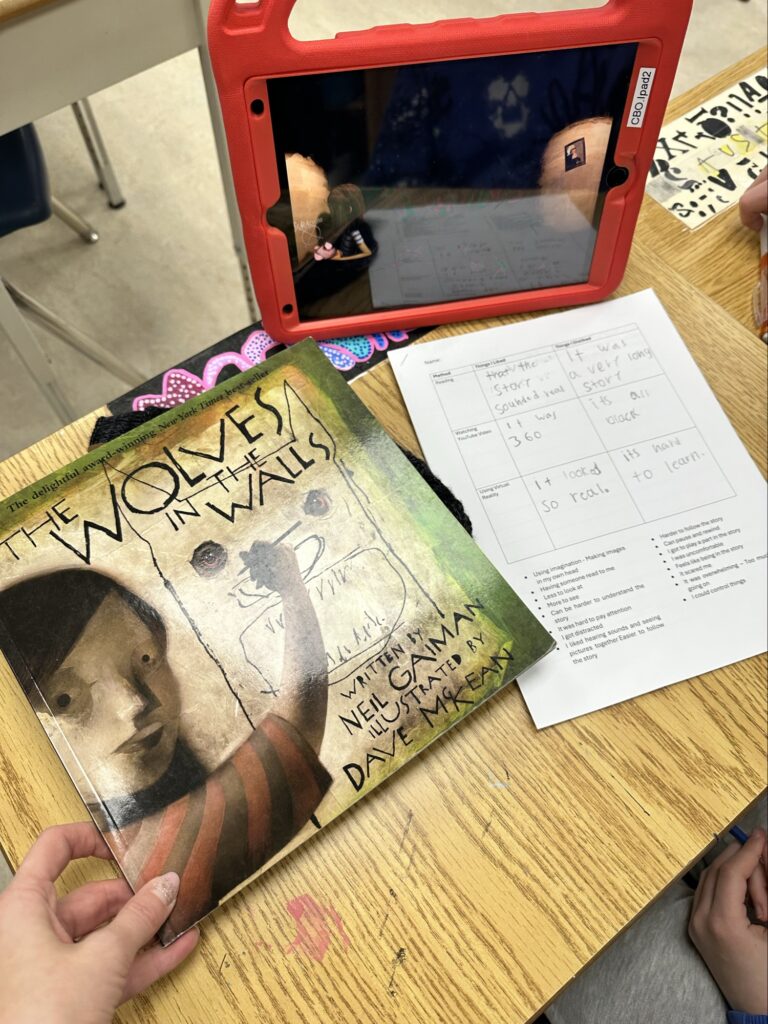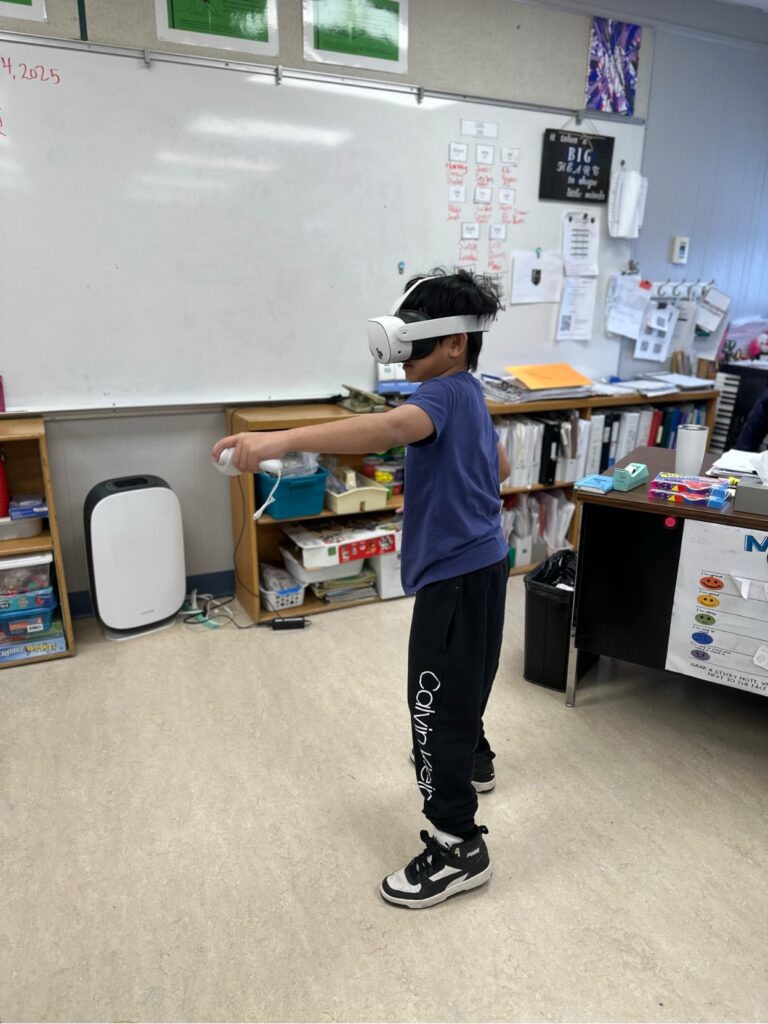Kindergarten Literacy Stations

The Big Idea: Playing with language helps us discover how language works
Curricular Competency: Use sources of information and prior knowledge to make meaning
Content: Letter knowledge, phonemic and phonological awareness
The Activity:
During our time in the Kindergarten class, we created four different literacy stations, where students would spend approximately 5 minutes at each table exploring different ways to see how language works. For my station, I created letter mazes, where students were tasked with navigating through the picture maze depending on the given letter. For example, for the letter B, students were tasked with identifying the pictures that started with B.
Letter mazes are a great way to encourage and strengthen phonological and phonemic awareness. By sounding out each word, students will discover patterns and will be able to segment them into phonemes.
According to Sometimes Reading is Hard by Robin Bright, learning the sounds of a language is a crucial first step into the world of literacy. Through speech, children will begin to recognize phonological patterns. With practice, they will connect these sounds to letters (p. 30).
Incorporating Technology into English Language Arts – Grade 5
The Big Idea: Texts can be understood from different perspectives
Curricular Competency: Synthesize ideas from a variety of sources to build understanding
Content: Text features and literary devices
The Activity:
For our time with a grade 5 class, we explored the story The Wolves in the Walls by Neil Gaiman and illustrated by Dave McKean. Inspired by the author’s daughter’s dream, the story follows a family whose home is overtaken by wolves when they emerge from the walls.
The theme of this lesson was to explore different ways to experience, interpret, and interact with a story. We first started by reading the book with our groups of students. We would explore text features and how they were displayed alongside the imagery. This tied into conversations about the overall theme of the book (how did it make you feel?).


Our school district is fortunate enough to be equipped with virtual reality headsets for students to use within their educational journey. After reading the book, the class immersed themselves into the world of the book, where they would explore the creaking, growling, and scuffling sounds within the house alongside Lucy.
After reading and experiencing the story through a virtual reality format, the students were asked to compare and contrast the two. What were things they liked and disliked? I was pleasantly surprised to see that many students still preferred the physical book when experiencing a story for the first time. I think the magical thing about books is that they make us slow down to absorb every detail. I don’t mean to say technology cannot provide this to us, but we must use our imagination more so when reading words on a page.
Resources
Bright, R., 2021. Sometimes Reading Is Hard, Pembroke Publishers. Markham, CA. Retrieved from https://coilink.org/20.500.12592/jxm425 on 14 Mar 2025. COI: 20.500.12592/jxm425.